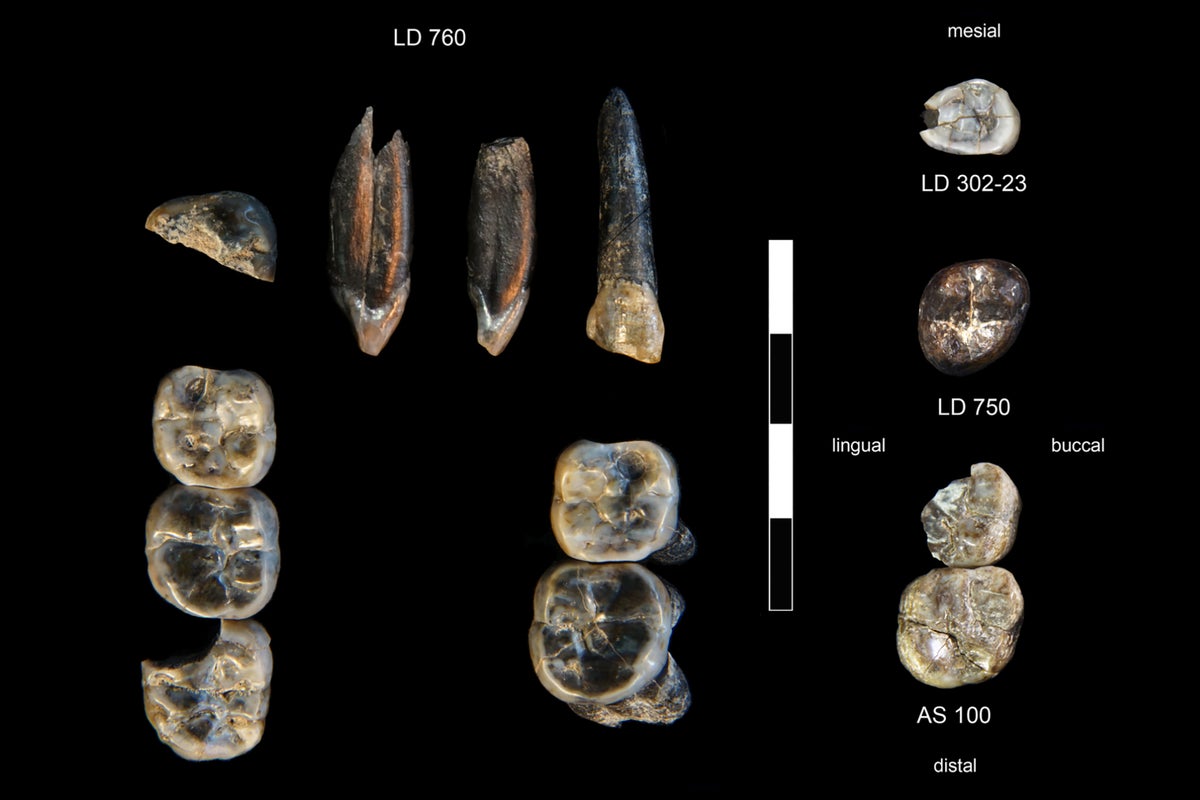
"The fossils, which include teeth that date to between 2.8 million and 2.6 million years ago, belong to a never-before-seen member of the genus Australopithecus."
"Researchers working in northeastern Ethiopia have discovered remains of a previously unknown branch of humanity, showing that this newly identified member of the human family lived alongside early representatives of our own genus, Homo."
"Comparisons of the teeth with other fossils from the same site as well as with other hominin fossils revealed that they are distinctive enough to represent a species of Australopithecus that is new to science."
"The discovery team, led by investigators at Arizona State University, has yet to name the new species because the researchers need more fossils from other parts of the body to do so."
Thirteen fossil teeth found in the Ledi-Geraru Research Area of Ethiopia represent a newly identified species of Australopithecus, dating back 2.8 to 2.6 million years ago. This member of the human family lived alongside early Homo species. The research team, based at Arizona State University, has not yet named the new species, as further fossils are required for classification. The investigation involved comparisons with other fossils in the region, confirming the uniqueness of the new species within Australopithecus.
Read at www.scientificamerican.com
Unable to calculate read time
Collection
[
|
...
]